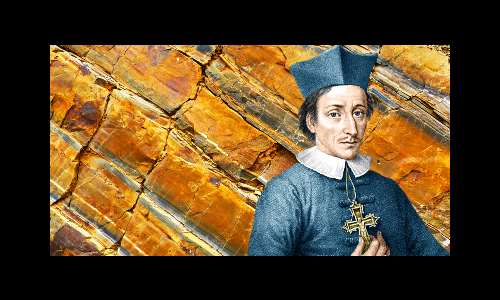How Catholic Helped Build Western Civilization

Back in the year 1666, two men fishing off the coast of France discovered the body of a giant shark weighing 2800 pounds. Fascinated by enormity of the creature, French officials called on Nicholas Steno (1638-1686) to dissect the animal. Steno was known as a skilled dissector. He also was a former Lutheran who converted to Catholicism and later became a Roman Catholic priest and medical doctor.
As Father Steno began the dissection, he focused in on the structure of the shark’s teeth. They bore a strong resemblance to mysterious objects called tongue stones found embedded in rock formations. Ancient authors believed tongue stones fell from the moon or grew in the rocks. Steno concluded that what we now know as fossils were the remains of once-living organisms. His findings were published under the title De solido proved to be groundbreaking. It went beyond formulating a correct theory of fossils. Other scientists had similar conclusions.
One biographer wrote, He drew up a blueprint for an entirely new scientific approach to nature, one that opened up the dimensions of time….from the present world one can deduce vanished worlds.
Father Steno believed that geologic study could unlock secrets of the history hidden in rocks. His work laid the foundation for a whole new field of science known as paleontology. He is also considered one of the founders of geology.
To look at the history of science is to see many great scientists who were Catholic. Contrary to mainstream thinking, faith and reason go hand in hand. Why is this so?
Judeo-Christian traditions see the world created by a Divine Being, a world finely tuned, made with exquisite order. Catholic scientists believed that order could be known through direct study of evidence in a definable fashion. In other words, Catholic scientists played a major role in the development of the scientific method.
